Fat loss vs. weight loss
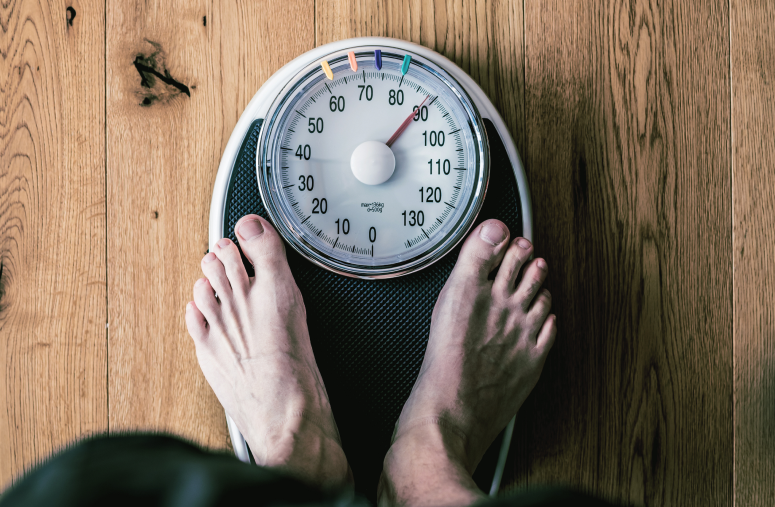
Fat loss vs. weight loss: They’re not the same thing.
Although the terms are often used interchangeably, they mean something quite different, and it’s more than just a linguistic distinction.
Weight loss is what you see on the scale. It’s the sum total of all the stuff in your body … and when you weigh less, you have less of all that stuff.

Fat loss means having less body fat — the squishy stuff on your body. When you lose fat, you might get smaller or leaner … but you may not necessarily weigh less.
Whether you lose weight and/or fat matters for your goals.
For instance, a lighter weight doesn’t necessarily lead to a leaner body. You can become toned, ripped, or muscular without losing as much weight as you think (or potentially any weight at all).
For improving your health, fat loss is key. When your body fat is right for your body (you can have too much or too little), your risk of health conditions like heart disease, stroke, diabetes, etc., drops. Weight loss, on the other hand, may or may not improve your health. You can weigh less yet still carry more visceral fat — the kind that sits around your heart and other internal organs — than is healthy, for example.[1]
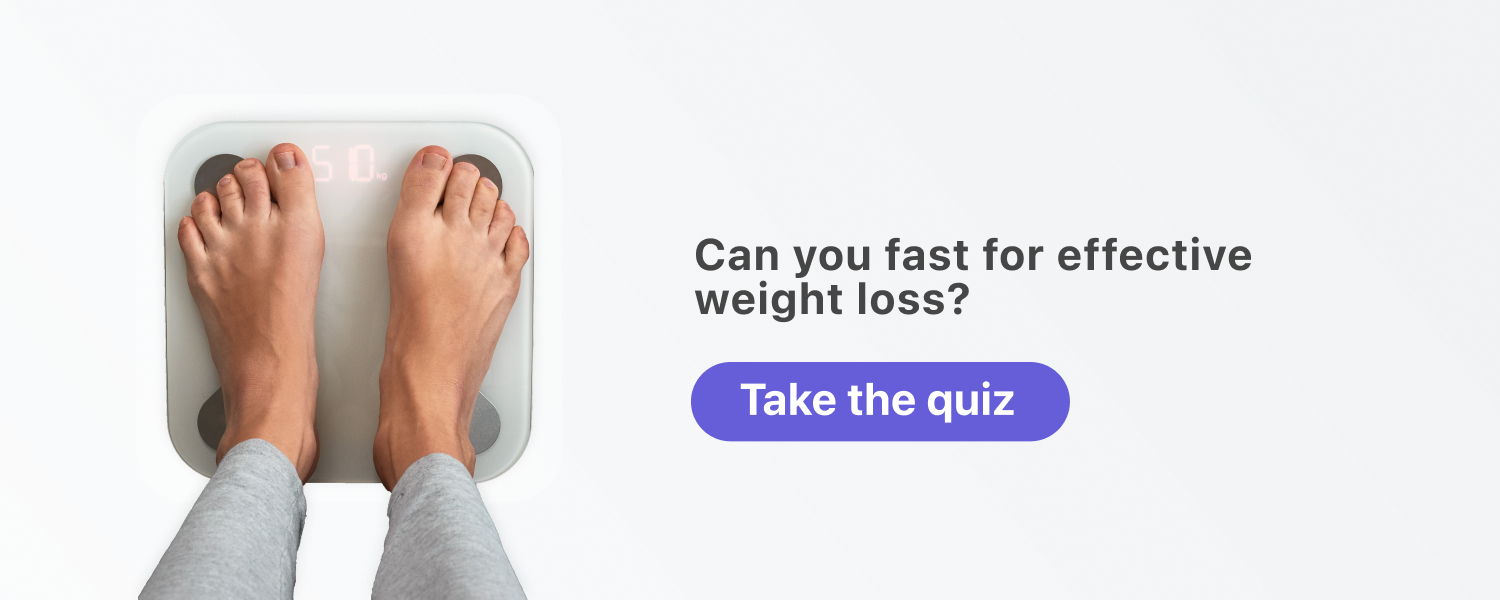
So, when you think about your goals:
Is the transformation you want to see in your body achievable through weight loss? Is fat loss what you’re really after? (Or both?)
No doubt your goals are complex and unique, just as you are. So, we’re going to unpack both weight loss AND fat loss:
- what they are
- how do you achieve them
- what they mean for your body
Let’s get into it.
What is weight loss?

Weight loss simply means your body weighs less. But less of what, exactly? Remember, our bodies have lots of stuff in them.
When you lose weight, you might lose fat. Or, you might lose water, muscle, glycogen, or bone.
Each of these losses will have a different impact.
- Losing fat generally means you will look more toned because your muscles will be more visible. Your clothes will likely fit better. Your metabolic health will increase.
- Losing muscle will decrease your metabolic health. It’ll be harder to maintain your weight, you’ll be weaker, and your risk of injury will increase.
- Losing water and/or glycogen is temporary. In fact, your water weight changes throughout the day, every day, as your body seeks to maintain its equilibrium. Choices you make — like eating a salty meal or cutting carbs — can have a very quick impact. If you have a menstrual cycle, hormones can also affect fluid levels over the course of the month.
After starting a diet, those quick, initial drops in weight you see are water and glycogen. Glycogen is a form of fuel that your body stores in your liver and muscles. Not only does it store energy, it also stores water. When you cut calories, your body uses your glycogen stores for energy and releases the accompanying water (three grams of water for every gram of glycogen).[2] But once your glycogen stores are replenished, any related weight loss vanishes.
- Losing bone density increases your risk of osteoporosis, which puts you at greater risk of getting injured later in life.
(By the way, another less-glamorous type of weight loss is a bowel movement, though this is temporary, of course. Many fad diets and “cleanses” help you lose weight by pooping … but that doesn’t last.)
We’ll guess you’re looking for a sustainable, measurable, noticeable change in your body. Right?
For that, fat loss is key.
What is fat loss?
Fat loss is when your body sheds fat. You can lose:
- subcutaneous fat, the kind that lives under your skin
- visceral fat, the kind that lives in your abdomen and around your vital organs
- intramuscular fat, which is marbled into your muscles (just like the steak you see in the grocery store)
Fat loss may — or may not — result in weight loss, depending on what else is happening in your body.
For instance, if you’re adding muscle through strength training while losing body fat, your weight may stay the same or even go up (if you, say, lose 1 lb of fat but add 2 lbs of muscle).
As we’ve seen, the scale doesn’t give details. So how do you know if you’re losing fat weight vs. losing muscle weight or water weight?
You might be able to access DEXA scans, hydrostatic weighing, or full-body BIA through your doctor or a private health clinic. These are the most accurate options for measuring body fat, but they can be expensive and hard to get a hold of.
At Simple, we recommend the following two options:
- Body measurements using a tape measure. You could stick to waist circumference, which can give you a good indication of your visceral fat level, but measuring multiple sites, like hips, legs, arms, chest, and shoulders, will give you a fuller picture. You can lose fat from anywhere, and sticking to just one site can mean you miss seeing the meaningful progress you’re making.[3]
- Front, back, and side photographs. Take these about once a month, and be sure to stick to the same outfit, posture, and background so you’re comparing apples to apples.
These methods aren’t perfect, but they’re accessible, easy to do, and fairly reliable at demonstrating your progress.
Difference between fat loss and weight loss
To recap our understanding of weight loss vs. fat loss so far:
- Weight loss is when you reduce your overall body weight.
- Fat loss is when you reduce your body fat percentage.
- When you lose fat, you can lose weight at the same time. You can also maintain or gain weight.
- When you lose weight, you may have lost water, muscle, fat, glycogen, or bone mass.
- Losing water, muscle, glycogen, or bone mass does not make you healthier.
- Losing fat (within a healthy body fat range) decreases your risk of chronic diseases and improves your metabolic health.
OK. So which one “should” you aim for?
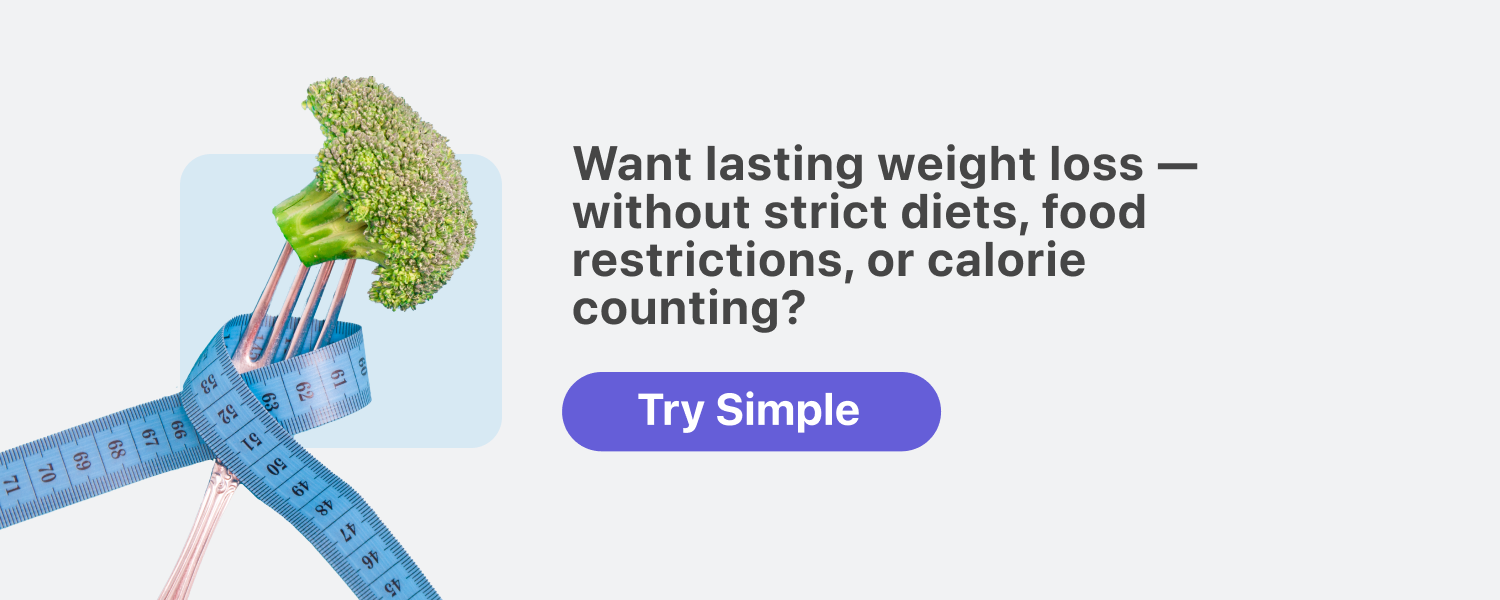
Should you aim to lose weight or fat?
Your goals are your goals.
So check in with yourself. What do you want?
If the number on the scale really means something to you, ask yourself why. Dig deeper into that.
You might uncover something in the mix that looks like a desire to improve your health and well-being. For instance, maybe you want to:
- live a long life
- be able to run around with little ones or pets
- climb mountains
- be comfortable in your skin
- feel confident in your body
- have less joint pain (which can happen when body weight loads joints like knees and ankles)
- compete in a weight-classed sport (go champ!)
If that’s true, the actions that create fat loss (which we’ll come to shortly) might also be worth pursuing. Why? Because:
- Focusing on behaviors rather than outcomes helps you build healthy habits.
- Tracking fat loss and weight loss can help you stay motivated by showing you more than one type of progress.
- Chasing only a scale weight can make you do things that harm your body, like undernourishing yourself or pushing too hard in the gym.
How to lose fat and maintain or gain muscle
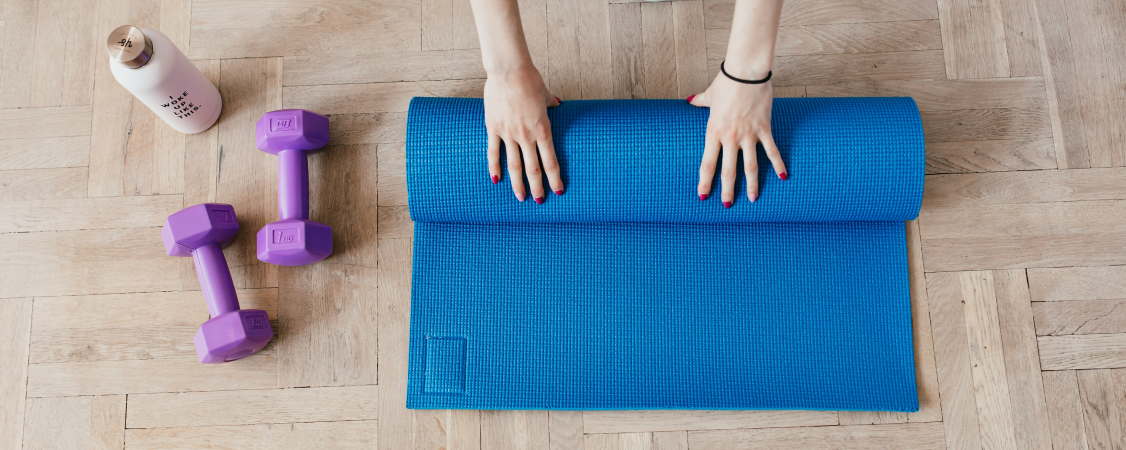
Whatever your goals, keeping (and increasing) your muscle and bone mass is also important.
Losing muscle can lead to things like:[4]
- a slower metabolism
- fatigue
- being less mobile and active
- increased risk of injury
By contrast, having a healthy amount of muscle has many benefits, such as:
- regulating blood sugar levels
- maintaining healthy fat levels
- controlling inflammation
- lower your risk of chronic diseases like heart disease, kidney disease, and diabetes [5,6,7]
For long-term weight management, having more muscle is a winner.
Muscle burns more calories at rest than fat does, meaning the more muscle you have, the more calories you burn for every single activity you do, from jumping rope to snuggling on the couch.[8]
So, what can you do to make sure your fat loss efforts don’t suck your muscle out along the way?
- Try intermittent fasting
Intermittent fasting, an approach to body transformation that alternates periods of eating with periods of fasting, can be superb for both losing fat and preserving muscle.[9,10]
When it comes to intermittent fasting for beginners, there are lots of options to try, like intermittent fasting 16:8 or intermittent fasting 14:10.
(You might have also heard of water fasting and Eat Stop Eat, but to be frank, we’re not super keen on those for sustainable body change or great health.)
If intermittent fasting sounds good to you, we’re here to support you on your journey. You can get going with our Simple quiz!
- Shoot for a modest calorie reduction.
You do need to eat fewer calories than you burn to lose weight. But if you go too hard too fast, your weight loss will be the water / glycogen / muscle loss kind — and your body will also fight back.
With too high a calorie deficit, your body doesn’t get the fuel it needs. That makes it harder to exercise, sends your cravings into overdrive, and slows your metabolism, making you burn fewer calories overall.[11,12,13]
All around, that’s not a great environment for fat loss or muscle gain to thrive.
- Focus on protein (and friends).
A higher protein intake can help you:
- hold onto — and build — more muscle
- keep your metabolism fired up
- manage your cravings
- lose more body fat
Protein can’t do all this alone, though. Make sure to also include smart carbohydrates, healthy fats, fruits and veggies, and calcium-rich foods like dairy and tofu.
These macronutrients work together to transform your body. Check out our guide on how to meal plan for maximum results. Simple’s here to help you stick to that meal plan, too, with our helpful food tracker to make sure you’re crushing that meal plan. Take our Simple quiz and get started today!
- Move some weight
Burning calories is essential for burning fat. Strength training burns extra calories both while you’re working out and after you’ve finished, too.
That’s excess post-exercise oxygen consumption (EPOC) — the increase in your metabolic rate following a strength training session — at work.
But strength training also builds muscle and, as we’ve seen, more muscle makes your body burn more calories for every activity you undertake. It makes your metabolism faster and more efficient.
Now, while keeping and/or building muscle is a key part of fat loss, it can potentially interfere with weight loss.
If you’re burning fat and holding onto muscle, your weight may stay the same or drop less than you predicted or hoped.
If you’re burning fat and gaining muscle, you may see the scale number increase. In fact, as you exercise more, your bone density increases, meaning even your bones can become heavier.[14]
But, while the scale may not be what you anticipate, you will also be getting healthier, stronger, and fitter. Your body will likely change shape. Your bones will get denser, protecting you from osteoporosis as you age, and your risk of conditions like diabetes and heart disease will drop.
- Get your heart pumping
Let’s not leave out cardio. Cardio + strength + nutrition = a powerful combination for muscle retention.[15]
But do blend cardio into your workout mix with care.
Yes, cardiovascular exercise like walking, running, cycling, and rowing is part of fat burning.[16] It burns calories and helps us manage our appetite.[17]
However, too much of it can cause muscle loss, trigger cravings and hunger, and throw your energy in the trash so you move less overall (and lose your training mojo). If you need ideas on how to make both strength and cardio work for you without overdoing it, check out our article on how to burn fat.
Body composition and weight
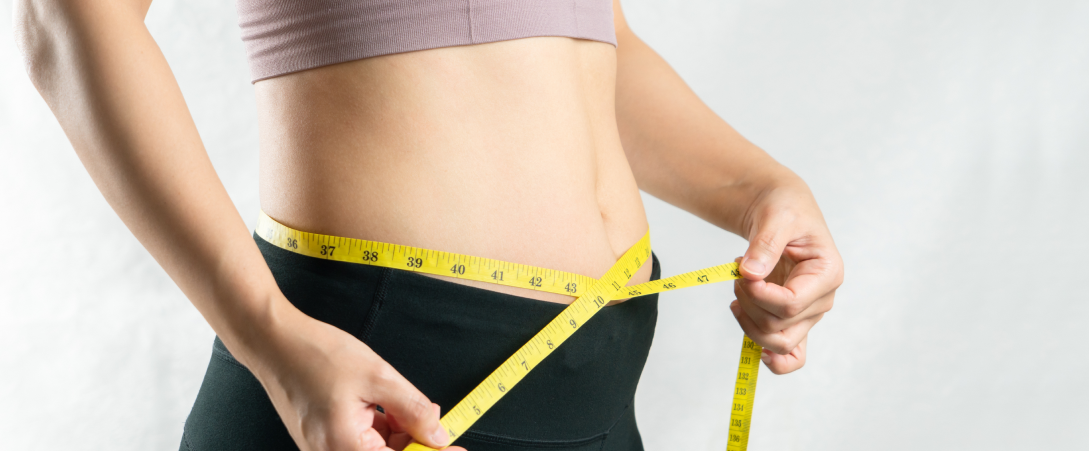
Your body composition is made up of two main components:
- Fat mass: your subcutaneous and visceral body fat
- Fat-free mass: everything else, including water, muscle, bones, organs, etc.
Here’s why this matters to our discussion of the difference between weight loss and fat loss.
Muscle is denser than fat, so one pound of muscle takes up less space on your body than one pound of fat.[18] That means someone with more muscle and less fat will look different from someone with less muscle and more fat, but both people might weigh exactly the same.
We saw earlier that bones can become heavier through regular exercise, and your body’s water content fluctuates throughout the day.
It’s impossible to know how heavy or light your body will be when it settles at a weight it’s happy with because there’s so much more to your body composition than you can influence.
Put simply, a healthier body composition — i.e., more fat-free mass and less fat mass — doesn’t necessarily correlate to a lower weight.
Frequently asked questions about fat loss vs. weight loss
Some weight loss can be pretty fast, but when it is, it’s usually water weight. If the weight we lose is fat, then fat loss doesn’t take longer than weight loss because they’re the same thing.

- Stenholm S, Harris TB, Rantanen T, Visser M, Kritchevsky SB, Ferrucci L. Sarcopenic obesity: definition, cause and consequences. Curr Opin Clin Nutr Metab Care. 2008 Nov;11(6):693–700.
- Fernández-Elías VE, Ortega JF, Nelson RK, Mora-Rodriguez R. Relationship between muscle water and glycogen recovery after prolonged exercise in the heat in humans. Eur J Appl Physiol. 2015 Sep;115(9):1919–26.
- CDC. Assessing your weight [Internet]. Centers for Disease Control and Prevention. 2022.
- Willoughby D, Hewlings S, Kalman D. Body Composition Changes in Weight Loss: Strategies and Supplementation for Maintaining Lean Body Mass, a Brief Review. Nutrients [Internet]. 2018 Dec 3;10(12).
- Chen YY, Fang WH, Wang CC, Kao TW, Yang HF, Wu CJ, et al. Fat-to-muscle ratio is a useful index for cardiometabolic risks: A population-based observational study. PLoS One. 2019 Apr 9;14(4):e0214994.
- Jhee JH, Joo YS, Han SH, Yoo TH, Kang SW, Park JT. High muscle-to-fat ratio is associated with lower risk of chronic kidney disease development. J Cachexia Sarcopenia Muscle. 2020 Jun;11(3):726–34.
- Zeng Q, Dong SY, Sun XN, Xie J, Cui Y. Percent body fat is a better predictor of cardiovascular risk factors than body mass index. Braz J Med Biol Res. 2012 Jul;45(7):591–600.
- McPherron AC, Guo T, Bond ND, Gavrilova O. Increasing muscle mass to improve metabolism. Adipocyte. 2013 Apr 1;2(2):92–8.
- Tinsley GM, La Bounty PM. Effects of intermittent fasting on body composition and clinical health markers in humans. Nutr Rev. 2015 Oct;73(10):661–74.
- Varady KA. Intermittent versus daily calorie restriction: which diet regimen is more effective for weight loss? Obes Rev. 2011 Jul;12(7):e593–601.
- Redman LM, Heilbronn LK, Martin CK, de Jonge L, Williamson DA, Delany JP, et al. Metabolic and behavioral compensations in response to caloric restriction: implications for the maintenance of weight loss. PLoS One. 2009 Feb 9;4(2):e4377.
- Gornall J, Villani RG. Short-term changes in body composition and metabolism with severe dieting and resistance exercise. Int J Sport Nutr. 1996 Sep;6(3):285–94.
- Rosenbaum M, Leibel RL. Adaptive thermogenesis in humans. Int J Obes . 2010 Oct;34 Suppl 1(0 1):S47–55.
- Benedetti MG, Furlini G, Zati A, Letizia Mauro G. The Effectiveness of Physical Exercise on Bone Density in Osteoporotic Patients. Biomed Res Int. 2018 Dec 23;2018:4840531.
- Sardeli AV, Komatsu TR, Mori MA, Gáspari AF, Chacon-Mikahil MPT. Resistance Training Prevents Muscle Loss Induced by Caloric Restriction in Obese Elderly Individuals: A Systematic Review and Meta-Analysis. Nutrients [Internet]. 2018 Mar 29;10(4).
- Sigal RJ, Alberga AS, Goldfield GS, Prud’homme D, Hadjiyannakis S, Gougeon R, et al. Effects of aerobic training, resistance training, or both on percentage body fat and cardiometabolic risk markers in obese adolescents: the healthy eating aerobic and resistance training in youth randomized clinical trial. JAMA Pediatr. 2014 Nov;168(11):1006–14.
- Schubert MM, Desbrow B, Sabapathy S, Leveritt M. Acute exercise and subsequent energy intake. A meta-analysis. Appetite. 2013 Apr;63:92–104.
- Townsend N, Scriven A. Defining the obesity problem. In: Public Health Mini-Guides: Obesity. Elsevier; 2014. p. 1–21.
